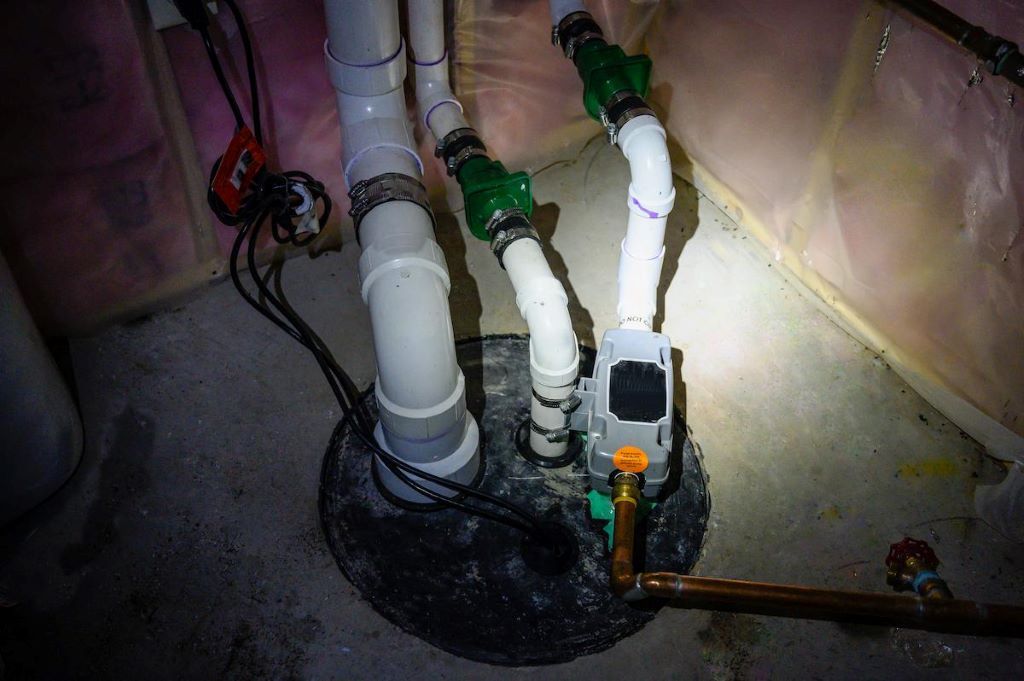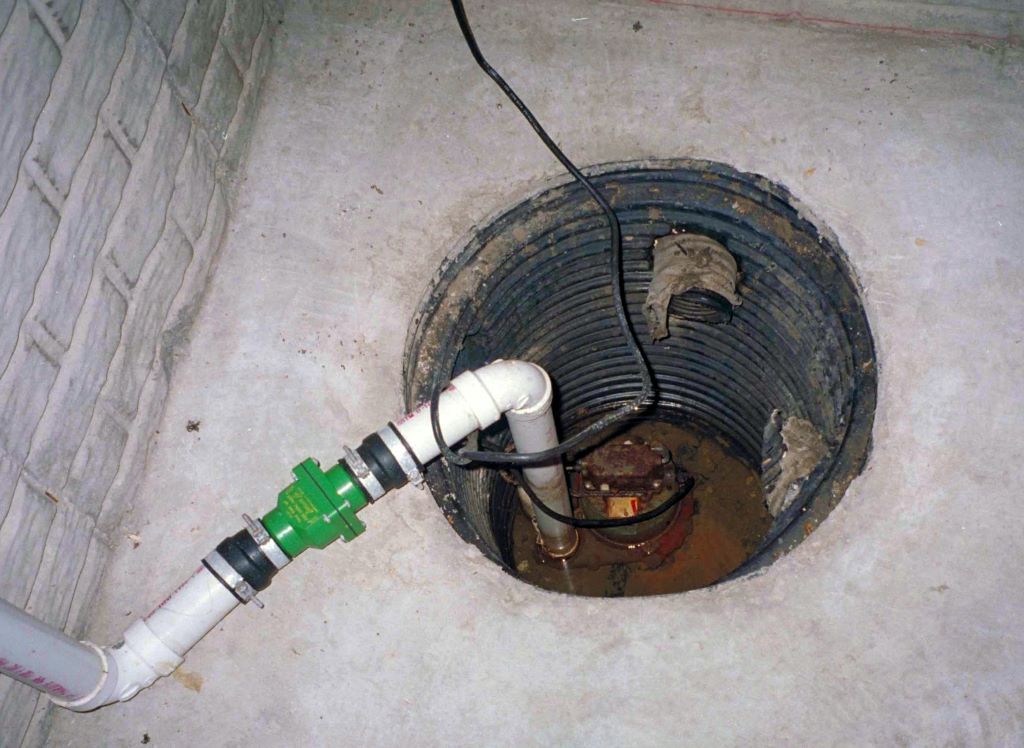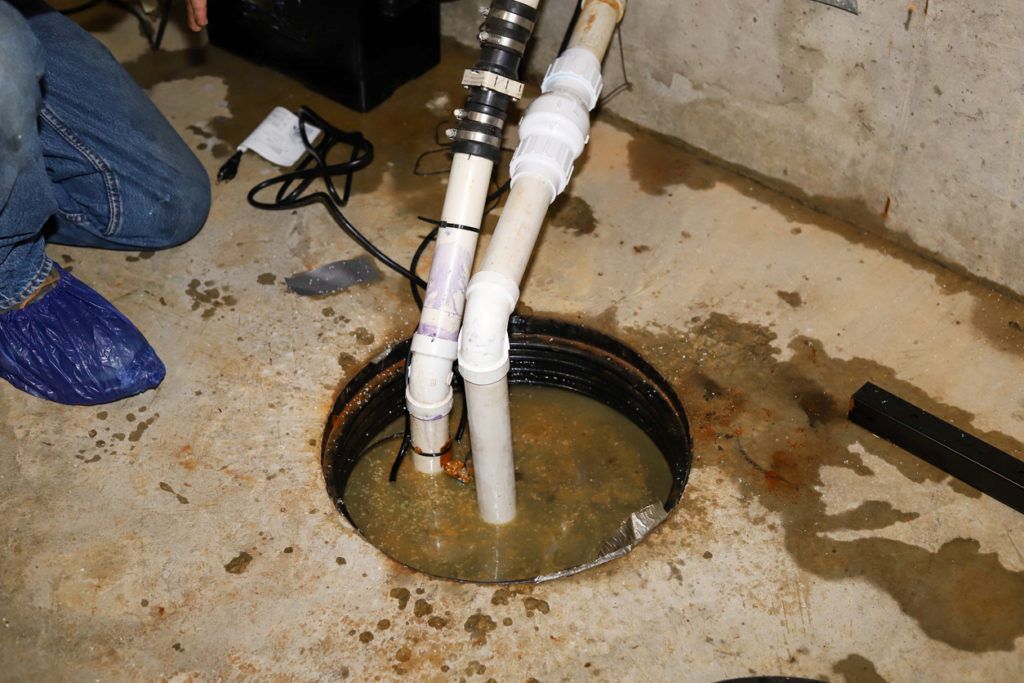
08 Feb Sump Pump Float Switch: The Ultimate Solution for Hassle-free Water Control
A sump pump float switch helps detect water levels and automatically activates a sump pump when necessary. A sump pump float switch is a vital component of a sump pump system, as it is responsible for detecting the water level and activating the pump when needed. When water reaches a certain height, the float switch floats, triggering the pump to turn on and remove the water. This mechanism prevents flooding by effectively removing excess water from basements or crawl spaces. By effectively monitoring and controlling water levels, a sump pump float switch offers peace of mind and protection against water damage.
We will explore the importance of a sump pump float switch and discuss the various types available in the market.
How Sump Pump Float Switch Works
In this section, we will delve into the fascinating inner workings of a sump pump float switch. Understanding how these switches operate is essential for homeowners looking to maintain a reliable and efficient sump pump system. Let’s explore the mechanism of operation and the different types of float switches available.

Mechanism Of Operation
The mechanism of operation of a sump pump float switch is simple yet effective. It utilizes a float that rises or falls with the water level inside the sump pit. This float is usually made of plastic or Styrofoam and is attached to a lever or rod.
When the water level in the sump pit rises, the float also rises. This upward motion of the float triggers a switch, which in turn activates the sump pump. The pump then initiates its pumping action to remove the excess water from the pit.
As the water level decreases, the float descends, causing the switch to turn off the pump. This cycle repeats automatically, ensuring that the water level remains within a safe range.
Types Of Float Switches
There are various types of float switches available for sump pumps, each with its unique characteristics and advantages. Here are some common types:
- Tethered Float Switch: This type of switch features a floating ball attached to a cord. As the water level rises, the floating ball moves up, lifting the switch and activating the pump.
- Vertical Float Switch: With a vertical float switch, a vertical rod is attached to the float. As the water level increases, the float rises, causing the rod to move vertically, activating the switch.
- Electronic Float Switch: Unlike traditional mechanical switches, electronic float switches use sensors to detect water levels. These switches offer greater accuracy and reliability, with no moving parts that may become stuck.
- Pressure Switch: Although not technically a float switch, the pressure switch also plays a crucial role in the sump pump operation. It detects water pressure changes and triggers the pump when the pressure rises beyond a certain threshold.
Choosing the right float switch depends on factors such as the sump pump design, the pit’s size, and the desired level of control. It’s important to consult the manufacturer’s guidelines and consider professional advice when selecting the appropriate float switch for your sump pump system.
Advantages Of Using A Sump Pump Float Switch
When it comes to preventing flooding in your basement or crawl space, a sump pump float switch is an essential tool that offers automatic operation and peace of mind. This small, yet powerful device is crucial for keeping your space dry, as it activates the sump pump when water levels rise and shuts it off once the water has been efficiently removed. One significant advantage of using a sump pump float switch is its ability to prevent issues where the sump pump trips breaker, which can be a common problem in some setups. Regularly maintaining and monitoring your sump pump and its float switch can ensure that your basement remains dry and safe from water damage.
For more detailed information and guidance on selecting the right sump pump float switch, resources like Snapbuzzz can be incredibly helpful, offering insights and reviews on various sump pump models and accessories.
Prevents Flooding
One of the primary advantages of using a sump pump float switch is its ability to prevent flooding. By constantly monitoring the water level in the sump pit, the float switch can detect rising water and trigger the sump pump to start working. This ensures that excess water is promptly removed from your basement or crawl space, preventing water damage and potential mold growth.
But how does the sump pump float switch work? Well, it’s pretty simple. The switch is attached to a buoyant float that rests on the water’s surface in the sump pit. As the water level rises, the float switch is lifted with it. Once the water reaches a certain height, determined by the position of the float switch, it activates the sump pump to pump the water out.
Automatic Operation
Another major advantage of using a sump pump float switch is its automatic operation. Once the float switch is triggered by rising water, it controls the activation and deactivation of the sump pump without any manual intervention. This means that even if you’re away from home or asleep, the sump pump will automatically start pumping water out when necessary, ensuring your basement or crawl space stays dry at all times.
Automatic operation is not only convenient but also essential during heavy rains or sudden water leaks when you might not be able to respond quickly. By relying on a sump pump float switch, you can have peace of mind knowing that your basement or crawl space is protected from flooding, even when you’re not around.
Additionally, the automatic operation of a sump pump float switch helps to save energy. It ensures that the sump pump is only running when it’s needed, reducing unnecessary usage and potentially lowering your energy bills.
In conclusion, using a sump pump float switch offers numerous advantages, including preventing flooding and automatic operation. By investing in this simple yet effective device, you can protect your basement or crawl space from water damage, mold growth, and costly repairs.
Installing And Maintaining A Sump Pump Float Switch
Installing and maintaining a sump pump float switch is crucial for ensuring the proper functioning of your sump pump system. A float switch is responsible for monitoring the water level in the sump pit and activating the pump when the water reaches a certain level. Proper installation and regular maintenance of the float switch are essential to avoid malfunctions and potential flooding in your basement.
Proper Installation Steps
When installing a sump pump float switch, it’s important to follow the proper steps to ensure its effectiveness. Here are the essential installation steps to consider:
- Locate the ideal position for the float switch inside the sump pit.
- Secure the float switch in place using the designated mounting hardware.
- Connect the float switch to the sump pump according to the manufacturer’s instructions.
- Test the float switch to ensure it activates the pump at the desired water level.
Regular Maintenance Tips
Regular maintenance is key to keeping your sump pump float switch in optimal condition. Here are some essential tips for maintaining the float switch:
- Inspect the float switch for any signs of damage or wear regularly.
- Clean the float switch and remove any debris that may interfere with its operation.
- Test the functionality of the float switch by pouring water into the sump pit and observing its response.
- Check the electrical connections of the float switch to ensure there are no loose or corroded wires.
Choosing The Right Sump Pump Float Switch
When it comes to choosing the right sump pump float switch, there are a few key factors you should consider. The float switch is an essential component of a sump pump as it controls the pump’s operation based on the water level. Therefore, selecting the right float switch ensures the effective and reliable functioning of your sump pump system. In this section, we will explore the crucial factors you need to keep in mind when choosing a sump pump float switch and highlight some popular brands in the market.
Consideration Factors
When selecting a sump pump float switch, several factors need to be taken into account to ensure optimal performance and longevity. Some of the key considerations include:
- Pump Type: Determine the type of sump pump you have, whether it’s a submersible or a pedestal pump, as the float switch compatibility may vary accordingly.
- Switch Design: Different float switches come in various designs, such as vertical or tethered. Assess the design that suits your sump pump installation and specific needs.
- Switch Material: The material used for the float switch can impact its durability and resistance to corrosion. Look for switches made from high-quality materials like stainless steel or durable thermoplastic.
- Switch Activation Level: Consider the activation level or the water depth at which the float switch activates the pump. It should align with your desired water removal ability and prevent flooding risks.
- Switch Features: Look for additional features like adjustable float switches or switches with alarms that can alert you in case of pump failure or high water levels.
- Power Requirements: Determine whether your sump pump float switch operates on low voltage or requires an external power source. Ensure compatibility with your existing setup.
Popular Brands
Several reputable brands manufacture sump pump float switches known for their quality and reliability. Here are a few popular brands to consider:
- Ridgid: Ridgid offers a range of float switches with robust construction and precise activation levels, suitable for various sump pump applications.
- Wayne: Wayne produces float switches with innovative designs and durable materials, guaranteeing long-lasting performance for your pumping needs.
- Zoeller: Zoeller is known for its high-quality float switches that are engineered to withstand the harshest conditions, ensuring the uninterrupted operation of your sump pump.
- Superior Pump: Superior Pump provides reliable float switches that are easy to install and designed to prevent clogging, making them suitable for residential and commercial use.
- Basement Watchdog: Basement Watchdog offers float switches that are user-friendly and feature alarms to alert you in case of pump failure or high water levels.
Troubleshooting Common Issues With Sump Pump Float Switch

When it comes to keeping your basement dry and protected from flooding, a reliable sump pump is essential. The float switch is a critical component of the sump pump that ensures it turns on and off as needed, based on the water level in the pit.
Correcting Float Switch Sticking
If you notice that your sump pump is not turning on or off when it should, a sticking float switch could be the culprit. A sticking float switch can be caused by debris or sediment buildup in the sump pit. To correct this issue, follow the steps below:
- Remove the sump pump from the pit.
- Inspect the float switch for any visible debris or obstruction.
- Clean the float switch using a soft brush or cloth to remove any buildup.
- Check the float switch for smooth movement. If it is still sticking, consider replacing the float switch with a new one.
- Reinstall the sump pump in the pit and test it to ensure the float switch is functioning correctly.
Dealing With Electrical Problems
If your sump pump is not turning on at all, it may be due to electrical issues. Here are some steps to troubleshoot and resolve electrical problems:
- Check the power source: Ensure that the sump pump is properly plugged into a functioning electrical outlet. Test the outlet with another device to confirm that it is working.
- Inspect the power cord: Examine the power cord for any visible damage or frayed wires. If the cord is damaged, replace it with a new one.
- Reset the circuit breaker: If the sump pump is connected to a circuit breaker, check if it has tripped. Reset the breaker if necessary.
- Test the float switch connection: Verify that the float switch is securely connected to the sump pump and has not come loose. If it has become disconnected, reconnect it firmly.
- Consider a professional inspection: If you have followed these troubleshooting steps and your sump pump still does not turn on, it may be time to consult a professional electrician.
By understanding and addressing these common issues with sump pump float switches, you can ensure that your sump pump operates reliably and keeps your basement protected from flooding.
Frequently Asked Questions Of Sump Pump Float Switch
What Is A Sump Pump Float Switch?
A sump pump float switch is a component that detects the water level in a sump pit and triggers the pump to start when the water rises to a certain level. It helps prevent basement flooding by automatically turning the pump on and off as needed.
How Does A Sump Pump Float Switch Work?
When the water level in the sump pit reaches a specific point, the float switch rises with the water level, activating the pump. As the water is pumped out, the float switch lowers, turning off the pump when the water level drops.
This automatic operation ensures effective water removal and protects against potential water damage.
Can I Adjust The Sump Pump Float Switch?
Yes, many sump pump float switches are adjustable to customize the on/off water levels. By following the manufacturer’s instructions, you can modify the switch’s position or length to fit your specific needs. Adjusting the float switch can optimize the pump’s performance and prevent it from turning on and off too frequently.
What Are The Types Of Sump Pump Float Switches?
There are two main types of sump pump float switches: vertical and tethered. The vertical float switch hangs down vertically and is ideal for smaller sump pits. The tethered float switch, on the other hand, floats on the water’s surface and is better for larger pits.
Both types are reliable and effective in controlling the pump’s operation.
Conclusion
The sump pump float switch is an essential component of any sump pump system. Learning how to adjust the pressure switch on a well pump is crucial; its simple yet vital function helps prevent basement flooding and protects your home from water damage. By understanding the importance of the float switch, homeowners can maintain a reliable and efficient sump pump setup for added peace of mind.

Sorry, the comment form is closed at this time.